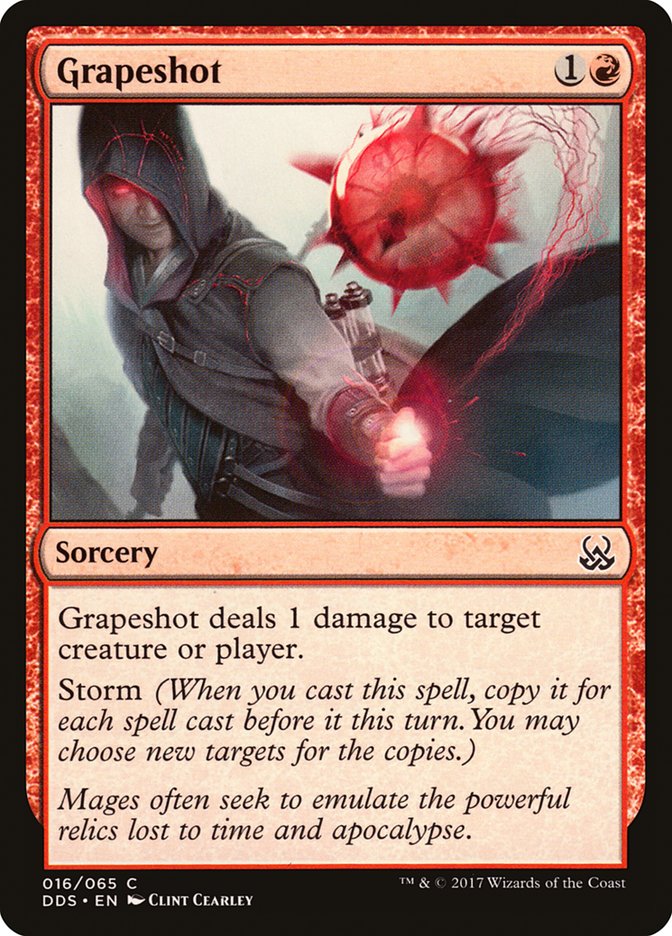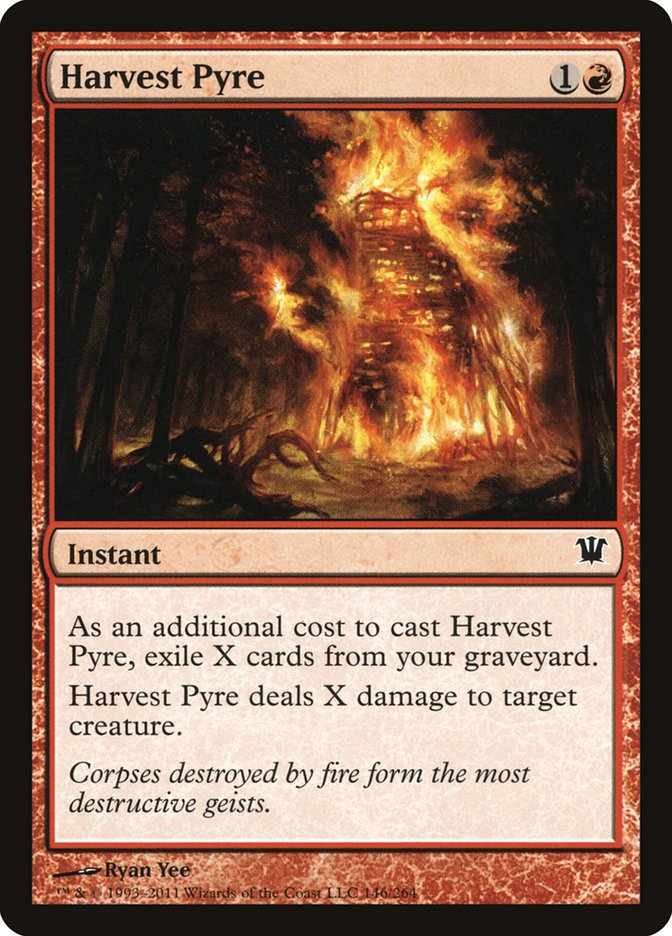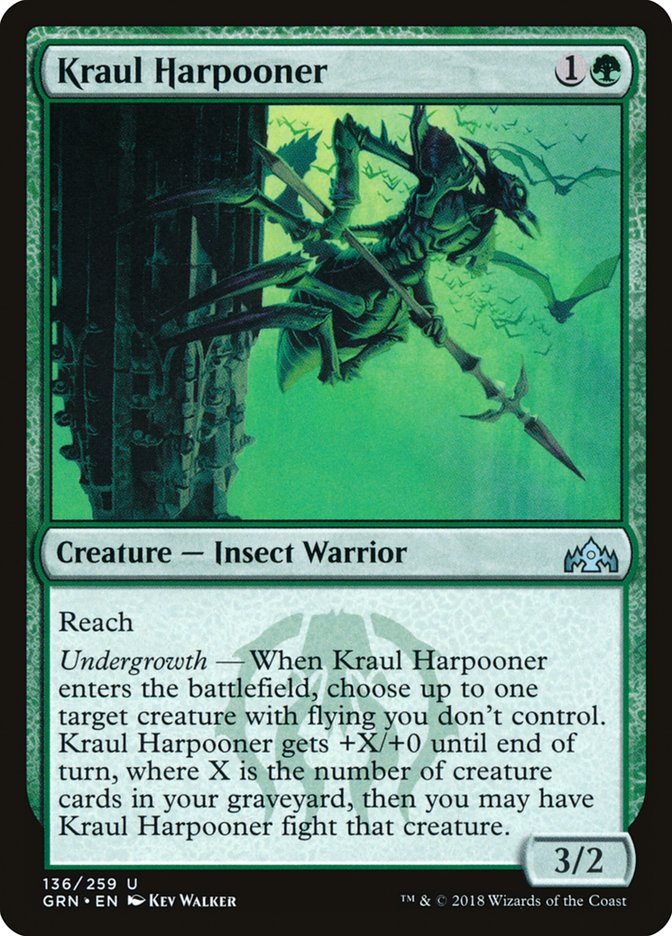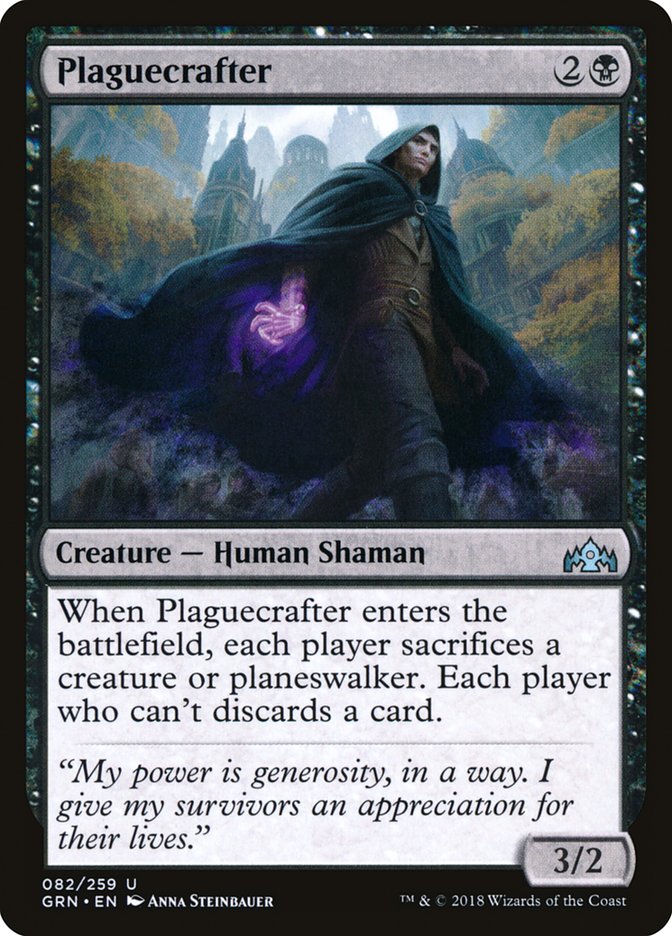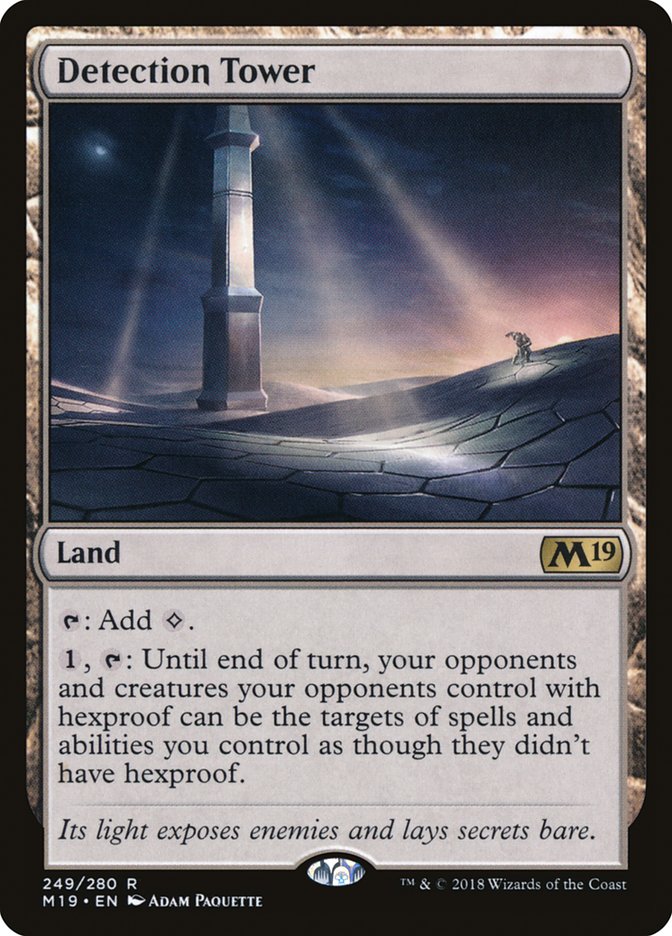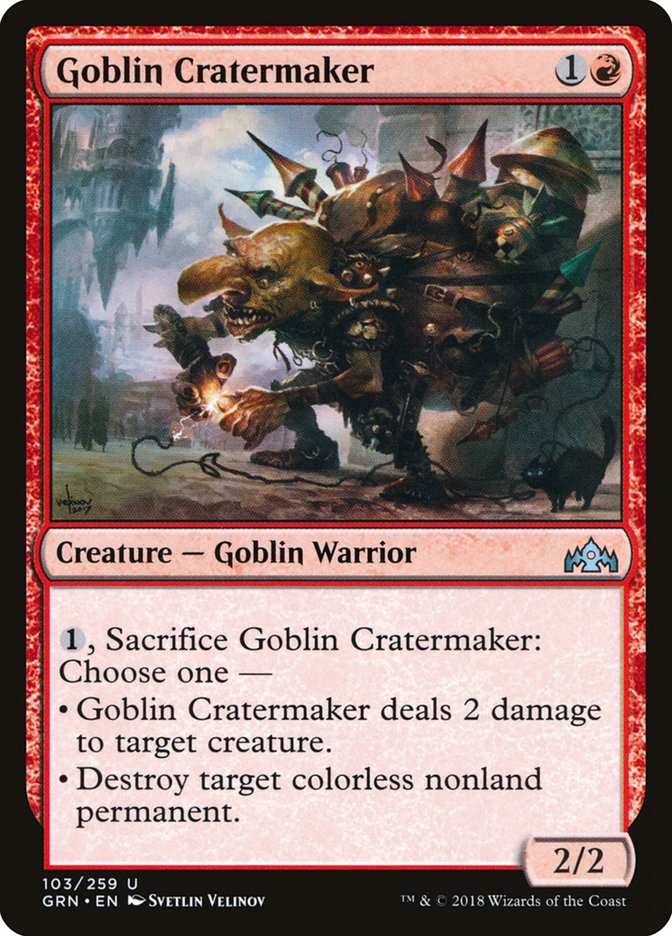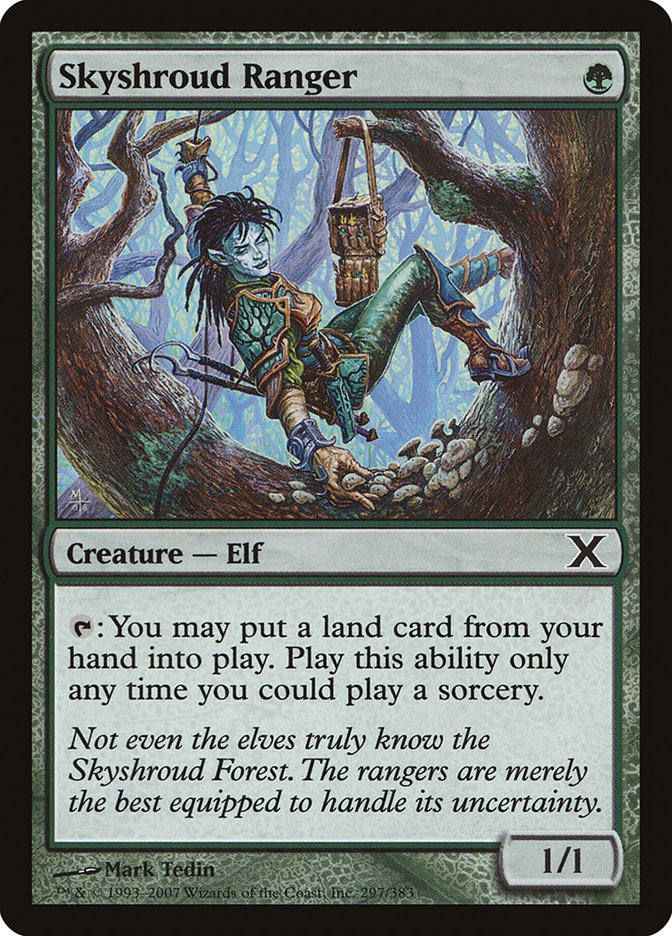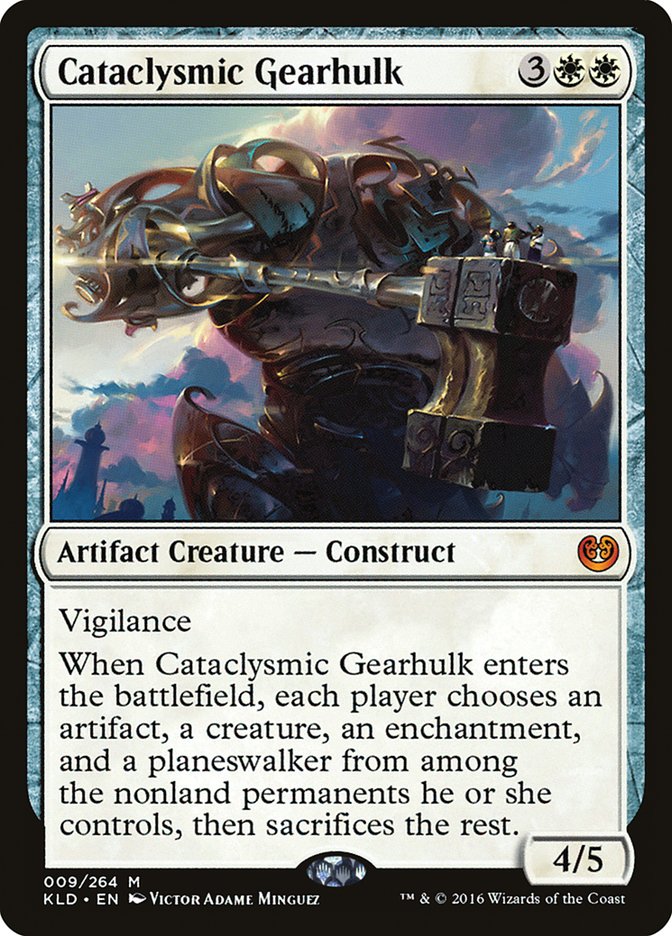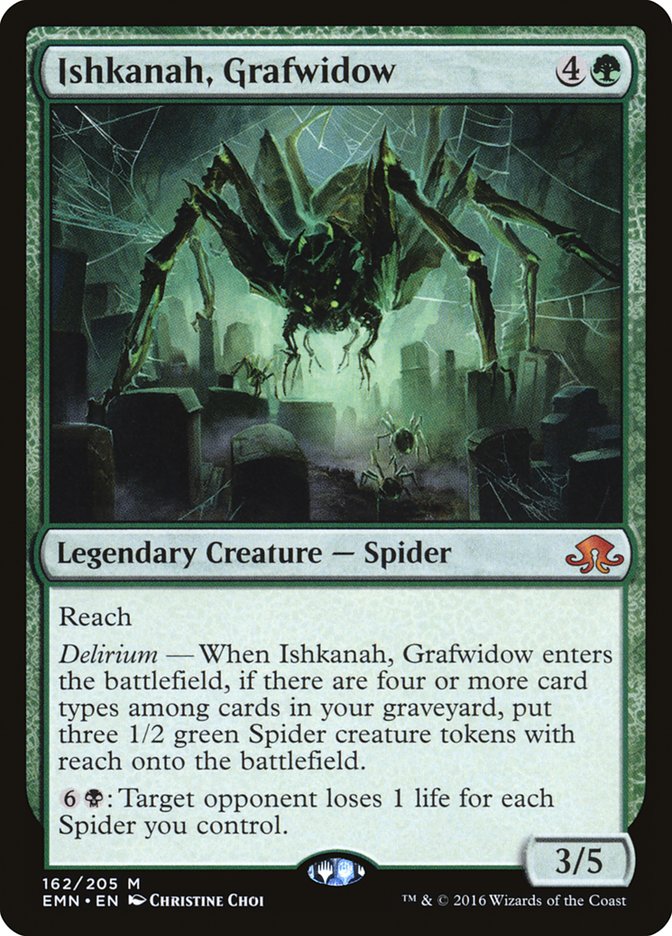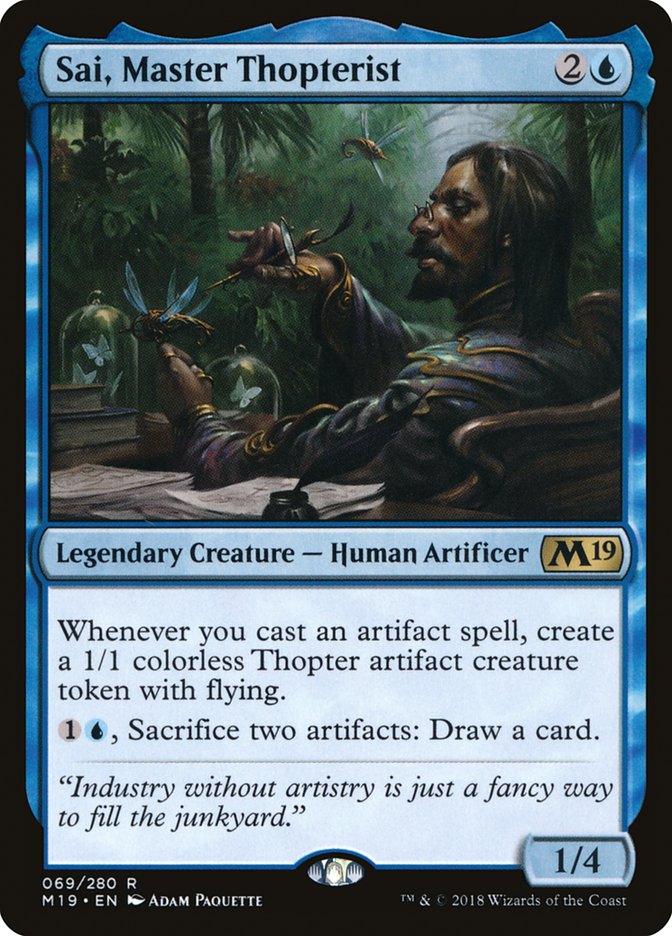It feels like there was a time when the uncanny ability to find the one
card that no one else had considered was the hallmark of a great
deckbuilder. Single card “tech” set tournament halls abuzz, and the bravest
and boldest were rewarded for their larks. Think LSV’s one-of Grapeshot in
his Elves deck at Pro Tour Berlin 2008 or Gerry Thompson’s Harvest Pyre to
aim at his Boros Reckoner at Pro Tour Gatecrash.
While these flashy additions proved to be key components for tournament
success, they were only valid inclusions because they were carefully
considered and vetted. Magic discourse necessarily pointed out this fact,
and, as this new and valuable lesson began to be repeated ad nauseam, it
was destined to be carried too far. Slowly, fledgling deckbuilders had
their will to experiment and innovate beaten out of them.
“Too cute.”
“Just focus on playing tight.”
“Seems unnecessary.”
I know I’ve said all these phrases. I’m sure I was correct in doing so a
lot of the time. But it does feel like the pendulum has swung too far in
the direction of playing it safe.
In other games, finding flashy tech remains an art form practiced by the
best in their games. A lot of this can be attributed to the 30-card deck
size of Hearthstone, or the seemingly limitless free draw-sevens of the
Pokemon TCG (it’s more fun than it sounds). Either way, I think its time to
get back in the habit of searching for that slightly off-kilter inclusion
that can get us some significant percentage points if the metagame lines up
correctly.
What follows is a collection of some of the best tech that I’ve spotted
recently in both Modern and Standard. Hopefully you’ll be able to find
something here to give your favorite decks a shot in the arm just in time
for the StarCityGames.com Invitational at SCG CON Winter this weekend.
Standard
Kraul Harpooner shot out of the gate, bringing aggression and removal to
the “blink and you’ll miss them” Mono-Green Aggro decks of week one. While
Mono-Green Aggro was not long for this format, Karul Harpooner was one of
the cards that should have transcended and become a format staple.
If you’ve played enough games with Golgari Midrange, you’ve certainly
noticed that games where you present a 3/2 Merfolk Branchwalker on Turn 2
feel very different than games where the little-Merfolk-that-could is
absent. Izzet and Jeskai have solidified themselves as format pillars.
Jeskai Control has wholesale adopted four copies of Niv-Mizzet, Parun.
Smaller red decks appear to be on their way out. Maybe it’s time that
Wildgrowth Walker heads back to the bench and Golgari pilots give Karul
Harpooner a little run.
In something like Selesnya Tokens which relies on keeping creature density
high to enable numerous convoke spells. Karul Harpooner feels like a no
brainer. The keys to beating any Niv-Mizzet or Drake-based deck are early
pressure and timely removal. Kraul Harpooner is both.
Blue decks have not rested on their laurels and have sought to protect
their flyers from the Harpooners and Vivien Reids that would hunt them
down. Their chief weapon in this ever-escalating arms war? Dive Down.
Nothing makes a seven-mana Niv-Mizzet setup look more foolish than a
Plaguecrafter. As Spell Pierce also begins to make its way into the mix,
I’m even further incentivized to turn to Plaguecrafter rather than The
Eldest Reborn. Answering problematic planeswalkers and Carnage Tyrants with
Plaguecrafter assures you can get utility in multiple matchups, often while
upgrading an ineffectual Llanowar Elves to a 3/2 body.
My first exposure to Detection Tower in Golgari was right here on
StarCityGames.com, as Autumn Burchett and Jadine Klomparens raved about
what a difference maker it was in Golgari Midrange mirrors. I was impressed
then, but it felt like the masses were slow in adoption. Then came GP
Shizuoka.
Creatures (24)
- 4 Llanowar Elves
- 2 Carnage Tyrant
- 3 Wildgrowth Walker
- 4 Merfolk Branchwalker
- 1 Seekers' Squire
- 4 Jadelight Ranger
- 2 Ravenous Chupacabra
- 2 Midnight Reaper
- 2 Doom Whisperer
Planeswalkers (4)
Lands (24)
Spells (8)

Three of the four Golgari Midrange decks from Shizuoka had Detection Tower,
including the eventual champion. One of the lists even played two copies!
Given the focus of the Standard section of this article, this makes perfect
sense. Not only are these Detection Towers providing a way to slog through
the morass of Carnage Tyrant mirrors, but they’re effectively invalidating
the Dive Downs that are so instrumental in successfully untapping (and
probably winning) with Niv-Mizzet.
While it may lack the same ironclad manabase of Golgari Midrange, I still
think it’s time that Jeskai Control looks at picking up a copy of Detection
Tower. With Treasure Map, Jeskai decks are now better suited to bear the
cost of a colorless land, and I must believe that answering all of the
biggest trumps against your strategy is worth occasionally having to cast
your Niv-Mizzet on Turn 7 instead of Turn 6.
Repeat after me: Doomed Traveler variants are always good enough.
In a world of Deafening Clarions, I have little interest in cards like
Healer’s Hawk. In so many matchups, you must assure 1) that your Legion’s
Landings become Adanto, the First Fort and 2) that you’re able to quickly
rebuild following sweepers. Doomed Traveler is the best card for doing both
things, and if Boros is able to reclaim metagame percentage, it will likely
do so with decklists that look more like Yoshitsugu Aoki’s.
Creatures (20)
- 4 Adanto Vanguard
- 1 Dire Fleet Daredevil
- 4 Dauntless Bodyguard
- 4 Boros Challenger
- 2 Aurelia, Exemplar of Justice
- 3 Hunted Witness
- 2 Tajic, Legion's Edge
Planeswalkers (3)
Lands (23)
Spells (14)

I also love Aoki’s reintroduction of Tajic, a fine piece of resiliency both
pre- and post-Deafening Clarion.
I think Shizouka occurred precisely one day too early to reflect what is
becoming an undeniable fact: Ben Weitz built the best red deck in Standard.
Creatures (20)
- 4 Siege-Gang Commander
- 4 Rekindling Phoenix
- 4 Dire Fleet Daredevil
- 4 Goblin Chainwhirler
- 3 Legion Warboss
- 1 Goblin Cratermaker
Lands (25)
Spells (15)

Finishing second and third in the Magic Online PTQ, Weitz’s Big Red is the
best Chainwhirler home currently, and presents some of the stickiest
threats in the format combined with an incredible amount of card advantage
for a red deck. As decks adapt their removal to answer huge, potentially
hexproof threats, they get worse and worse against things like Rekindling
Phoenix, Siege-Gang Commander, and Legion Warboss. Seriously, how bad does
a card like Plaguecrafter look against this deck? Big Red might be poised
to rise to the top this weekend, sidestepping the war being waged at the
top of Tier 1 between Golgari Midrange, Jeskai Control, and Izzet Drakes.
Every macro-archetype in this format truly has the tools to adapt to its
predators. Those who succeed at the Invitational will be the ones who
recognize this fact and perfectly adapt to what the format is presently
about.
Modern
Oh boy. This is the one that has me revved up leading into my own Modern
tournament this weekend at GP Portland. I’ve known about Skyshroud Ranger
for quite some time now,
but despite being anti-Explore
, I’ve never been comfortable picking up the downgraded Sakura-Tribe Scout.
Then I saw Will Pulliam’s decklist.
Creatures (17)
- 4 Azusa, Lost but Seeking
- 2 Trinket Mage
- 2 Skyshroud Ranger
- 4 Sakura-Tribe Scout
- 4 Primeval Titan
- 1 Walking Ballista
Lands (29)
Spells (14)

While there are some points I disagree on – you’ll have to pry my maindeck
Reclamation Sage out of my cold, dead hands – this is the best looking
version of an Explore-less Amulet Titan deck I’ve seen. 29 lands to take
advantage of better ramp, Trinket Mage adding yet another toolbox, and a
sideboard Academy Ruins to enable long games are just a few of the
highlights, but the stars are the six one-drop creatures that add some much
needed consistency to our gameplan.
I also love Will’s willingness to abandon the lower impact sideboard cards
that have become stock in Amulet Titan lists. Cards like Obstinate Baloth
and Tireless Tracker seem great in practice, but they just don’t have the
dramatic effect you want from a Modern sideboard card. Will’s sideboard
contains a bunch of cards entire strategies can be built around, and the
best and most efficient and diverse removal and countermagic. That’s it.
Somehow, this deck has one of the higher Turn-2 win rates in the format,
access to a grindy controlling lategame, tutorable outs to big mana,
excellent graveyard control, and Cavern of Souls-based inevitability
against control. Amulet Titan is just unfair.
If you’ve cast a Lyra Dawnbringer or Baneslayer Angel against Humans or
Bant Spirits, you’ve felt the pain of having it bounced, copied, or Path to
Exiled. Cataclysmic Gearhulk has no fear of any of those effects, and with
an ability that instantly reshapes the battlefield against any of Modern’s
surprisingly voluminous go-wide decks, you can turn some historically
difficult matchups in your favor.
Planeswalkers (5)
Lands (25)
Spells (30)

I would caution that Cataclysmic Gearhulk represents a significant
downgrade from Lyra Dawnbringer and Baneslayer Angel versus against any
kind of Arclight Phoenix deck. If you want to make this move in your Jeskai
or Azorius Control deck, you had better make sure you already have that
matchup in check.
Speaking of keeping Arclight Phoenix in check…
While I remain convinced that Jund is almost entirely unplayable in Modern,
talented magicians continue to find success, and a large part of the reason
they are doing so is because of their ability to appropriately adapt their
deck to new circumstances (
see this fantastic article by Jadine
).
Ishkanah, Grafwidow is a heck of an adaptation, and does a nice job of
clogging up the battlefield without always granting a Phantasmal Image an
unbeatable threat to copy. With the ability to get multiple Spiders over
the course of a game via Kolaghan’s Command and Liliana, the Last Hope, I
expect Jund to eventually give Ishkanah some maindeck run. It’s one of the
best possible cards against Modern’s fair decks, and as I discussed in
my last article
, Jund has not been fairing particularly well against the fair decks as of
late.
Okay, Sai isn’t really new tech, but it is worth noting that Ironworks
master Piotr Glogowski has recently been advocating as many as two maindeck
copies of Sai, Master Thopterist. Sai opens up some snazzy new loops,
especially in conjunction with Spine of Ish Sah, but more importantly, it
can sufficiently stem pressure from decks that have previously been able to
use a consistent Turn 4 clock as a means of earning a decent Game 1 win
percentage against Ironworks. Sai in the maindeck might make Ironworks even
better against the field, and you can argue Ironworks was already the best
deck in the format. In Modern terms, Ironworks is actually a very young
deck, and Sai is a brand new addition. Don’t be surprised if Ironworks
hasn’t yet reached its final form.
While Modern tech is unlikely to have the same kind of dramatic impact
Standard tech will, don’t sleep on these potential improvements for the
Season Two Invitational. The difference between a Top 8 and a missed day
two can be as narrow as the difference between a Skyshroud Ranger and a
Sakura-Tribe Scout.
Every edge matters in a tournament like this, and I can’t wait to see what
tech rises to the top.


